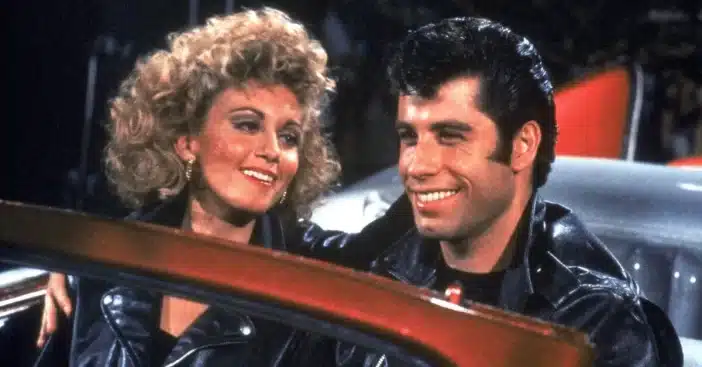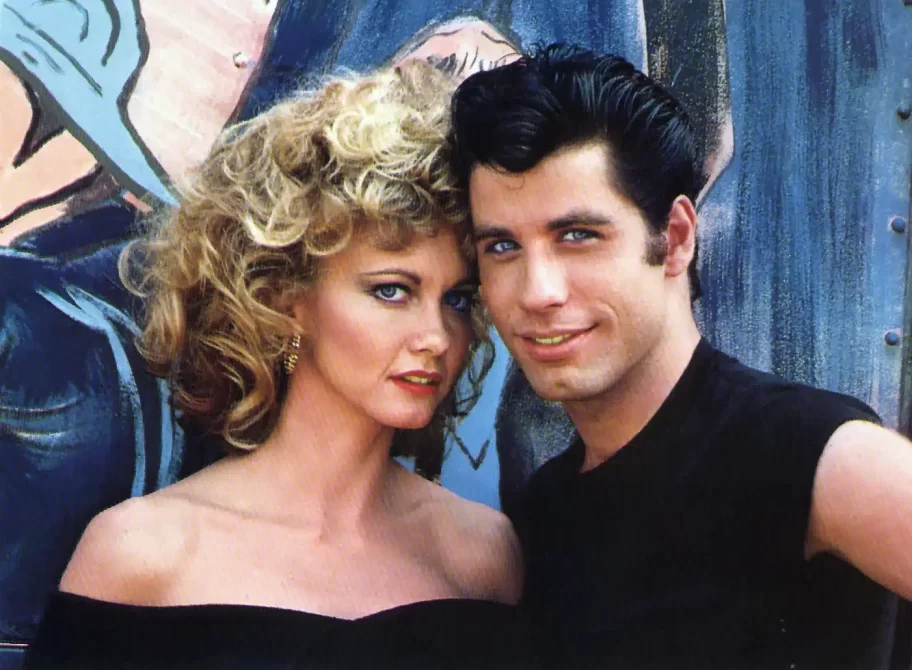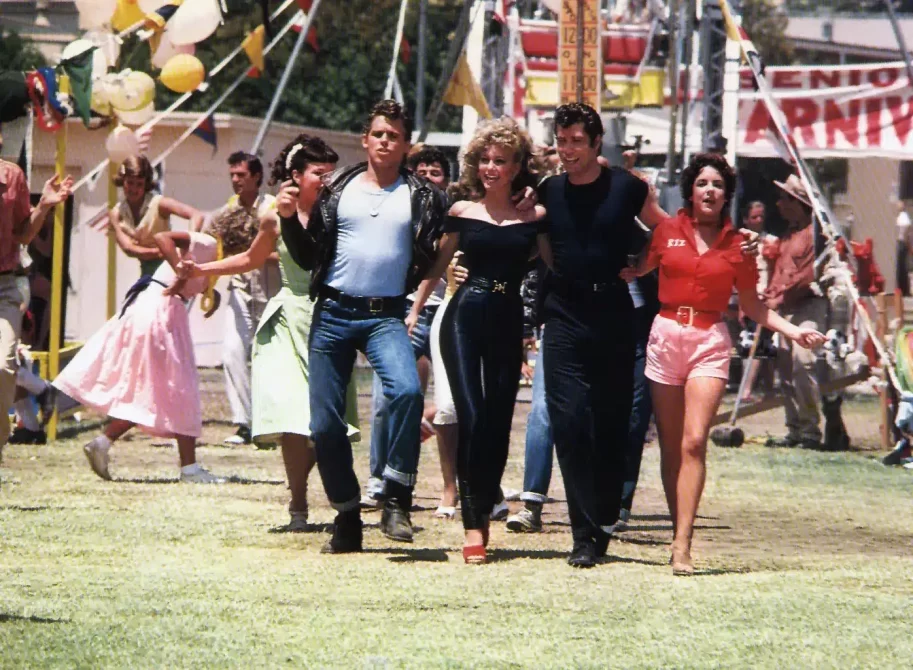
The Grease movie has sparked countless fan theories since its release in 1978, but one of the most compelling is a twist on the popular “Sandy is dead” idea. This version flips the narrative, arguing that it was Danny who actually died at Thunder Road, and that Sandy survived. This theory challenges what fans thought they knew about the film’s iconic ending.
Instead of seeing the ending as a happy conclusion to a teenage romance, this interpretation suggests it was Danny’s final fantasy after dying in the race. It also reimagines Sandy’s transformation as part of Danny’s dream of the “perfect girl.” It is a haunting but fascinating perspective that’s grown in popularity over the years.
A fresh take on ‘Grease’ movie theories

While many Grease movie theories focus on Sandy’s possible death after her near-drowning, this alternate version places Danny in the spotlight. According to the theory, Danny died during the high-stakes race. Kenickie was supposed to drive, but Danny took his place, possibly sealing his fate in the process.
Everything that happens after the race, Sandy’s sudden makeover, the elaborate carnival, and the flying car, is reimagined as part of Danny’s dying dream. In his “final seconds,” he fantasizes about winning Sandy over, achieving a high school dream, and driving off into the clouds. It’s a poignant turn on an otherwise cheerful ending.

What did the flying car symbolize?
The conclusion of Grease with the flying car scene is often characterized as the strongest indication that something surreal is happening. Being an otherwise grounded film, except for musical numbers, it seems jarringly out of place. It’s this surreal instant that has inspired most of the film’s wildest speculation.

Danny-death theorists argue that the flying car is a metaphor for his soul escaping the material world. Although the scene is acted out as happy, it might signify Danny’s journey to the afterlife, leaving Sandy in the material world behind. This adds an extra layer of tragedy to the last scenes of the movie.
